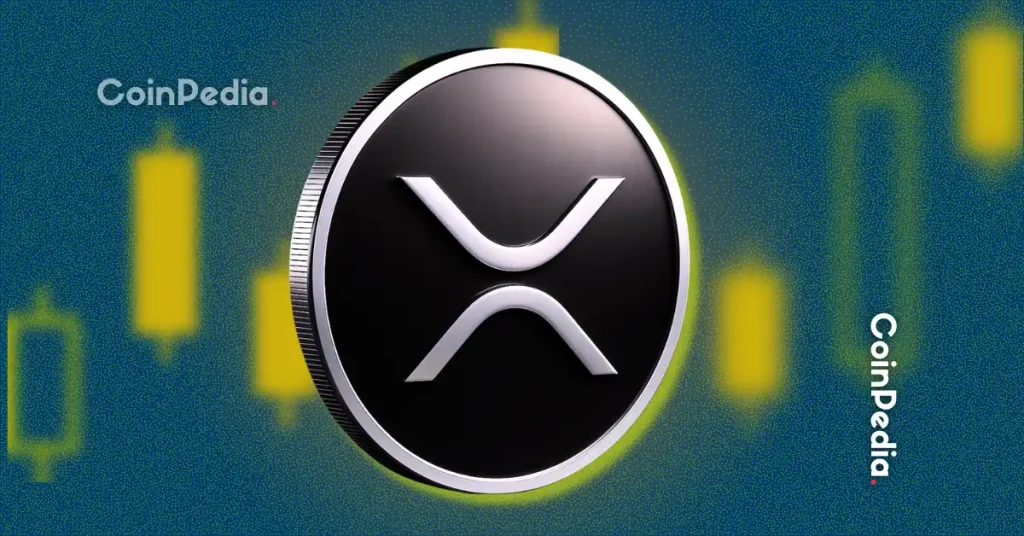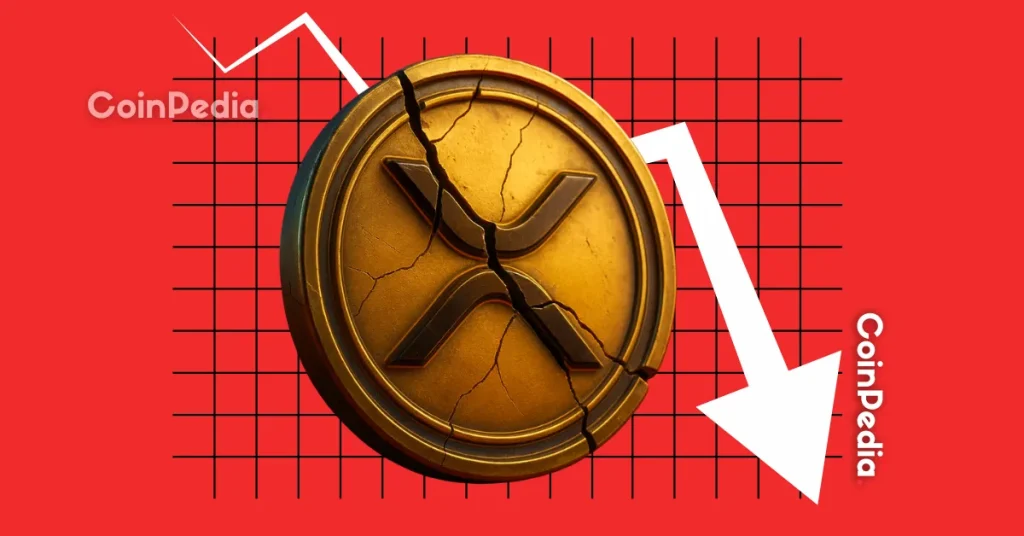
The post Bitcoin’s Price Rise and Risks with Expected Fed Rate Cuts appeared first on Coinpedia Fintech News
The recent release of the Federal Reserve’s December meeting minutes has triggered discussions about potential interest rate cuts in 2024. Investors eagerly anticipate these cuts, expecting them to serve as a significant bullish force for Bitcoin. However, there’s a catch that needs careful consideration.
BTC Too Face Fed Rate Cut Challenge
While the long-awaited Fed rate cut is viewed as an essential positive for Bitcoin, historical data shows that an economy often marks the early stages of a rate cut cycle on the verge of recession. This period is also marked by a brief but noticeable strengthening of the U.S. dollar, a key global currency supported by the world’s largest government bond market.
In simple terms, looking back at history, Bitcoin might face a tough time later this year after the government starts cutting key interest rates.
During a recession, which means a long time of economic problems and job losses, central banks usually try to help by pumping more money into the economy. But, if the U.S. dollar strengthens during this time, it makes things difficult for those who owe money in dollars and makes people less interested in risky things like Bitcoin.
Looking at the past, when the government cut rates in 2000, 2007, and 2019, the U.S. dollar became stronger. At the same time, a measure of how much investors like taking risks, the S&P 500, showed that people were avoiding risks during these times.
Rate Cuts and Recessions
In the past, the Federal Reserve has only lowered interest rates when a recession was about to happen. When this happens, people in the financial markets often see it as a sign that something bad is coming and they move their money to the U.S. dollar for safety.
Looking at data from Piper Sandler covering the last 60 years, it seems like every time the Fed started making it easier for money to flow, a recession followed. Piper Sandler explains that this happens because the Fed tends to wait too long before lowering high-interest rates, unintentionally slowing down economic growth. They only cut rates when it’s clear the economy is getting worse, leading to a recession.
According to Piper Sandler, this could happen again this time, with the Fed keeping a strict stance longer than necessary. Some people think that right now, the financial markets are too optimistic about the U.S. economy avoiding a recession.
This is based on the recent sharp increase in borrowing costs – a 525 basis point surge to 5.25% in the 16 months until July 2022. This might open the door for a negative market reaction if a recession does happen.

 1 year ago
126
1 year ago
126














 English (US) ·
English (US) ·